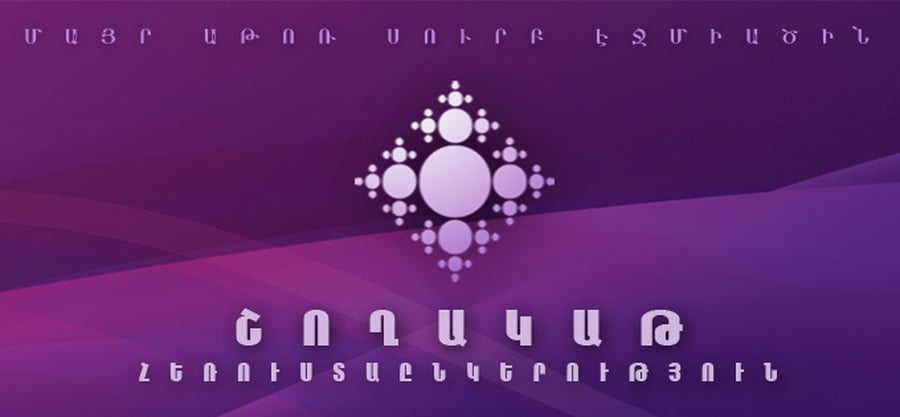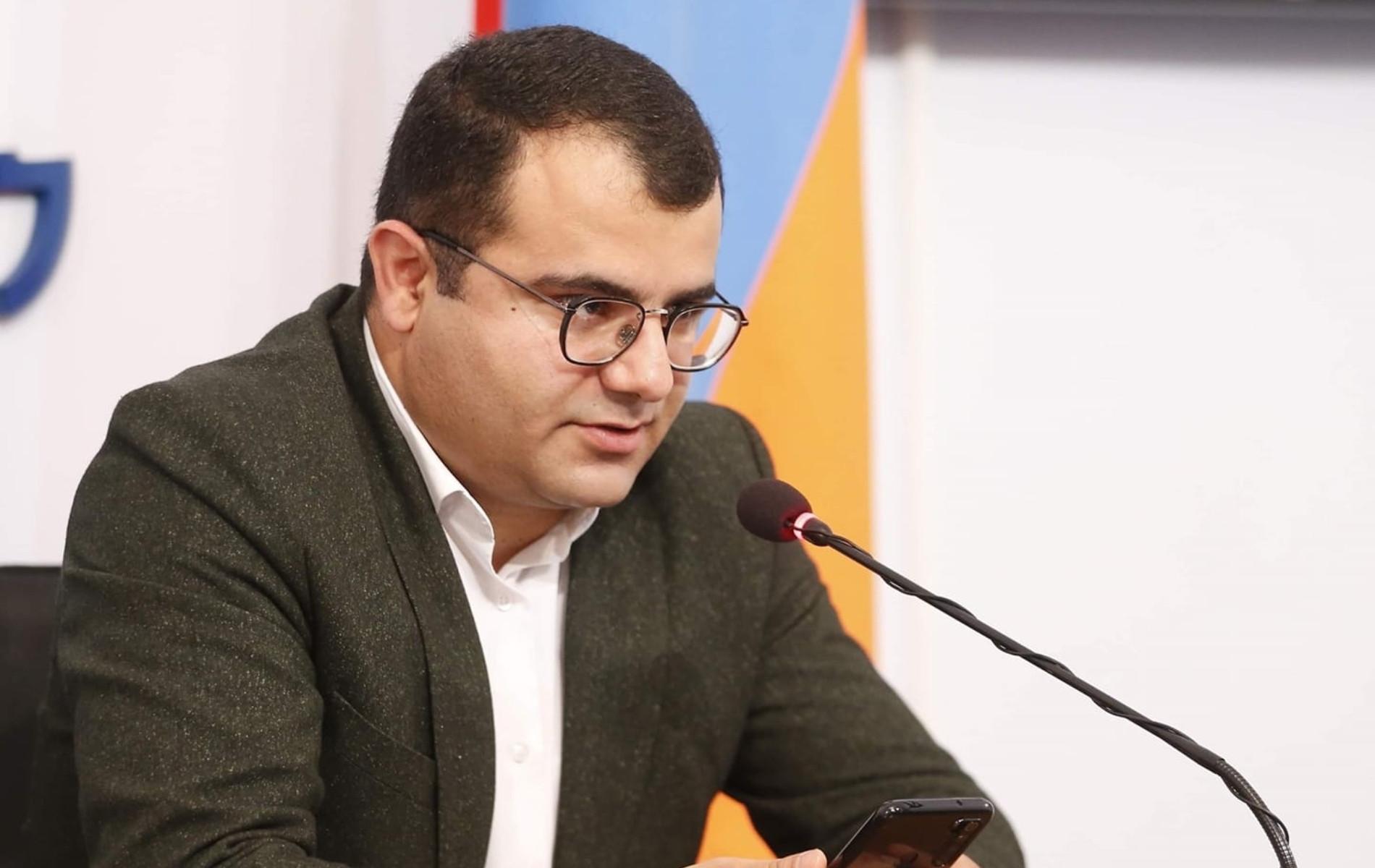According to the Armenian Law on Television and Radio, the country was to fully switch from analog to digital broadcasting as of 1 January 2016. However, the process lasting for years is put off for an indefinite period of time.
According to the same law, initially it was planned to have analog and digital broadcasting in parallel for the whole duration of setup of the countrywide digital network, and the switchover to digital broadcasting was envisaged on 1 January 2015. Nevertheless, the technical activities were slow and the network was fully ready only at the end of June 2015, while the legislative and social aspects of the process were simply ignored. This was the reason why the authorities twice had to extend the deadline by 6 months. First, it was postponed till 1 July 2015, then 1 January 2016.
However, neither of the deadlines was met. Now it is April 2016 but Armenia has not completed the transition to digital broadcasting. No relevant changes have been made to the Law, and not discontinuing analog broadcasting is a violation of the Law on Television and Radio.
There were no obstacles to laying down the extended deadline in the legislation but this was not done. Instead, arguments are brought that analog transmission is not discontinued not to violate the right of the families at risk to receive information. However, this does not stand criticism because the law must be in line with the Constitution and the requirements of both must be met.
Nonetheless, since the authorities have failed to address the issue of providing free decoders to insecure families for years and are doing it now, it is better to violate the law than to deprive thousands of people of the possibility to watch television. This will be the case if analog transmission is switched off today, all the more so on January 1.
The government adopted the concept on switchover to digital broadcasting back in 2009, committing to subsidizing decoders for families at risk. At the beginning of this year, in answer to the written inquiry by the Committee to Protect Freedom of Expression, the Armenian Ministry of Labor and Social Affairs informed that 136,160 families at risk were registered in 2015; the average number of beneficiaries of family or social benefits was 105,408.
Meanwhile, as of the beginning of the year a total of 48,733 devices were imported for this group of the population, of which 2000 were provided to NKR. The government thus seemed to have completed the process. In answer to the inquiries of the Committee to Protect Freedom of Expression, the high-ranking officials said there is no funding, and the acquired devices have been distributed to those who need them most. Meanwhile, a simple sum showed that if the government does not buy new batches of these devices and distribute them, tens of thousands of families will not be able to watch TV.
In early March when the decision on switchover from analog broadcasting was in place, the government nevertheless listened to innumerable appeals and decided to distribute another 61,433 devices, to increase the number of free decoders and to import additional quantities. Grigor Amalyan, the general director of Television and Radio Transmission Network CJSC said in an interview with Jnews.am that on the whole 108,000 families at risk will receive free decoders. And he said in a conversation with CPFE that besides the first batch that has already been distributed, another 20,000 devices have already been imported to Armenia, the rest will be acquired and distributed later. Hence, it is hard to tell when the transition to digital broadcasting which has been delayed several times will be completed.
… Recently the CPFE experts have visited Armavir marz to cover these topics in a TV program. They found out that the marz had received 2423 devices in the first phase. Meanwhile, as of December 2015, 4680 beneficiaries were registered in Armavir marz. There is no information on when more devices may arrive. This is a small example that reveals the whole picture.








